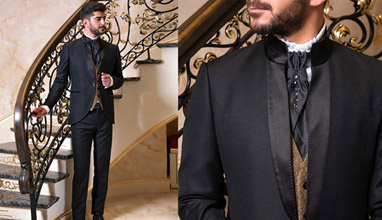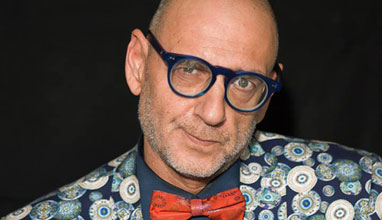Beauty is a message
Prof. Lubomir Stoykov
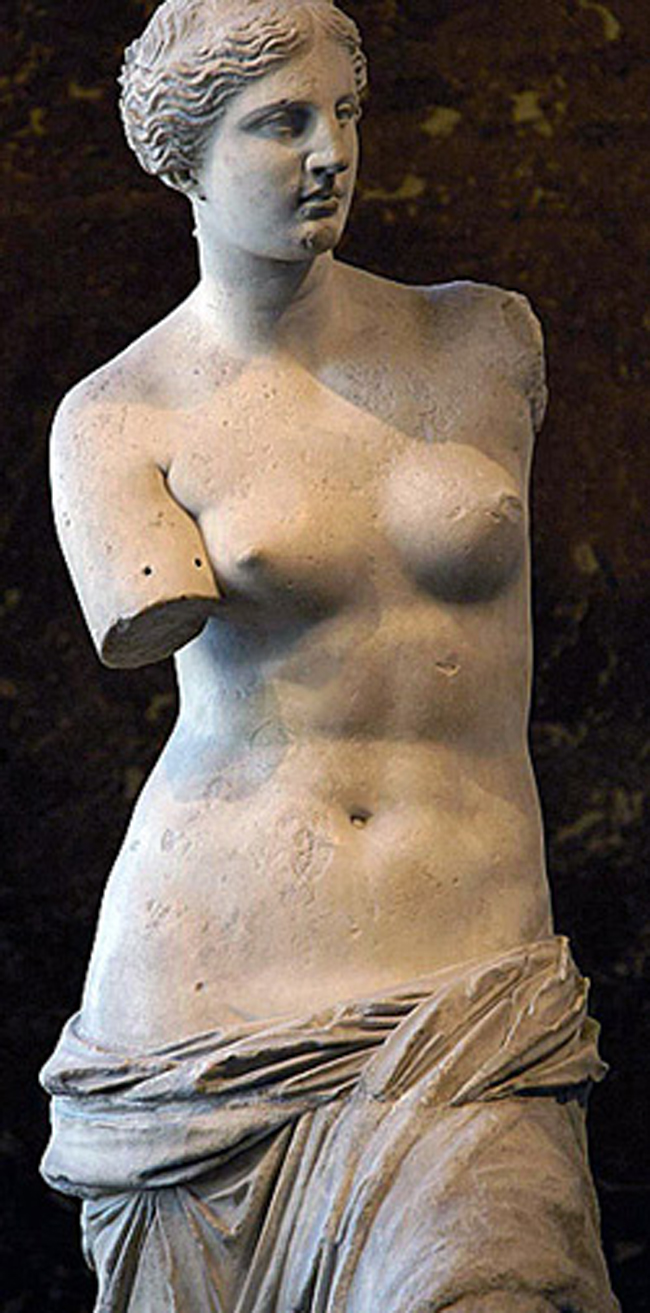
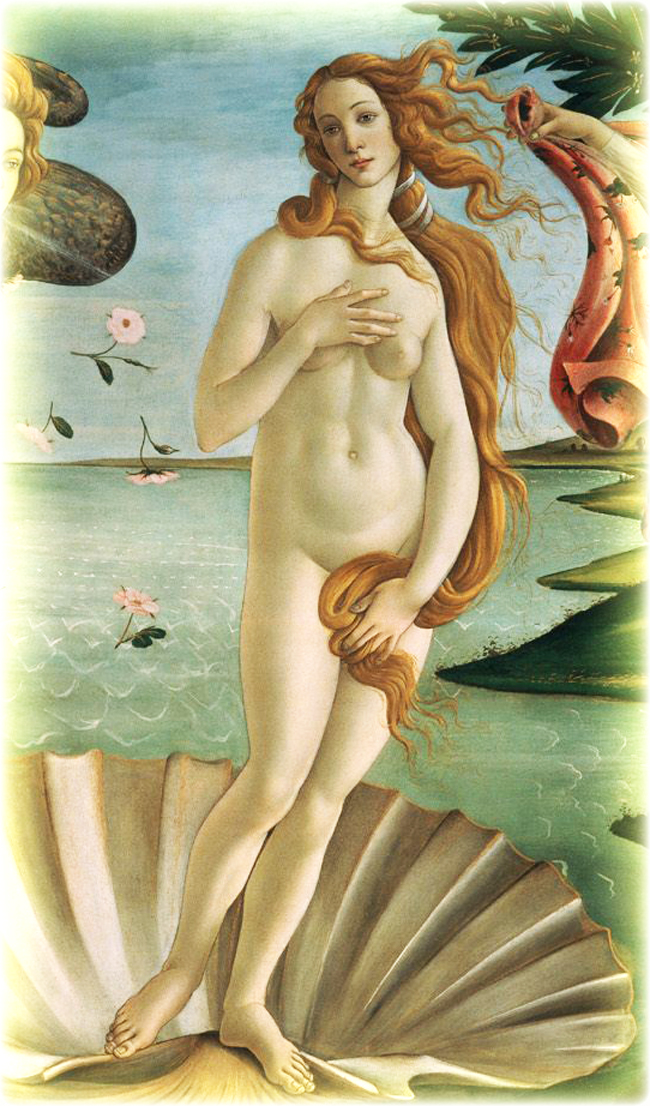
Beauty is really a cocktail of divine proportions and harmony between the inner and outer world of man that gives meaning to his being and is rightly referred to as a synonym for truth and good*. Relative, however, it is subject to time, morals, and, to a great extent, to the generally accepted norms. In this sense, it can be said that beauty is a kind of aesthetic consensus of the majority about the unique qualities of the minority. Beauty is also a message that challenges taste, imagination and tolerance. In order to determine what is beautiful, we need to realize that it (the beautiful thing) should be liked and surely to cause delight and trepidation. In fact, in most cases, beauty is a wonderful combination of spirit and matter, shape and color, fluid and provocation that awakens admiration, joy and passion.
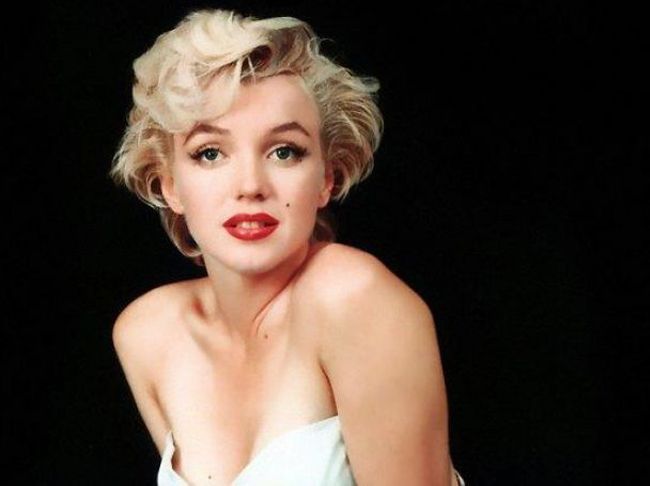
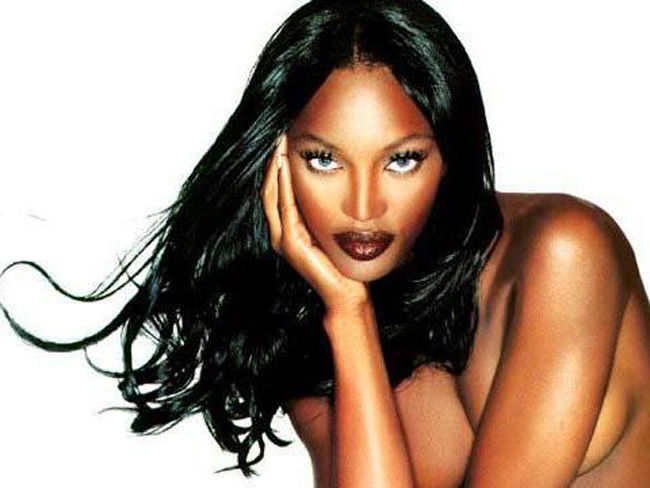
A person produces his criteria for the beautiful and wonderful not only based on the read books, the watched films and the contemplated paintings, but also to a great extent on the basis of his personal life experience, of the surviving moments of admiration but also of disappointment. Today he likes one, and tomorrow - another. Beauty is also the referencing of the subjective to the objective. This dynamics of taste - of course, conceived of on a large scale - on large scale and serious historical masses, is also comprehensible by the great esthete, understanding and connoisseur Umberto Eco, who in his fundamental work "History of Beauty" writes: "... Beauty has never been something absolute and invariable, but has taken a different look according to the historical age and country: this applies not only to the physical Beauty (man, woman, landscape), but also to God's Beauty or to the Beauty of God saints or ideas”...Today, the media is the most influential factor in determining what is beautiful and what ugly, but they are not the only arbiter. Its role is played by leaders of public opinion, fashion trendsetters, celebrities and, last but not least, science, art and their representatives.
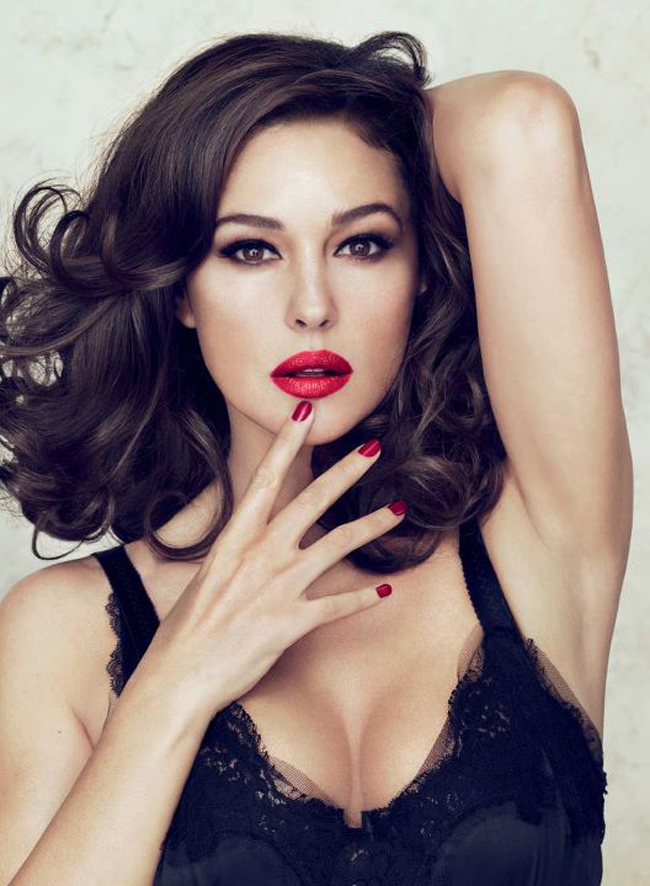
It has been proven that communication with good-looking people is much more effective and enjoyable. Beautiful people are easier to achieve their goals. The attitude towards them is generally more lenient and liberal. In recent years, the cult of body beauty has been enhanced to improbability. Its most positive aspect is that it urges more and more people to pay attention to their physical health, exercise, pursue purposeful fitness programs and spa procedures. We can not imagine or almost can not imagine the good fashion without the good fit; the perfect appearance without the perfect physical condition; elegance without a slender and flawless figure. What, however, is to be done when old age or unintended incidents deform the face, skin and body as a whole? How to act when overweight is growing steadily and no diets can save the situation? ... And in the end, is it so bad to be vain?
Vanity moves the world from time to time! But what is it - an inevitable evil, a vital necessity, or an entertainment tool? The fact is that vanity in the past, and today, is subject to ridicule, criticism and irony. Although it is one of the most human traits and without it, without its fair - if you want, life is impossible!
Vanity, or rather vanity, can be interpreted as a sign of self-supremacy and immunity against indifference as to how others will accept you. Ultimate vanity, however, is always ridiculous and a little sad because the tragicomic effect usually generates mixed feelings. But there is nothing wrong with this being a little vain - it gives self-suggestion, self-criticism, the pursuit of perfection - both internally and externally, spiritually and physically, with attire and behavior. It is bad when it grows into vanity, ie. when dressing, garments, hairstyles, manicures, pedicures, etc. turns into an end in itself, and gives an ultimate and even ugly level of consuming behavior. The great Al Pacino, who, as is well known, loves publicity, admits that vanity is his beloved sin. Diana Vreeland hates narcissism, but approves the vanity. Men are becoming more vain and demanding for their appearance - a circumstance that does not have to scare anyone. This is compounded by serious factors such as the need to survive in professional competition. What do some of the studies on attempts to artificially improve the look of? An annual survey found that 30% of men and 14% of women who had undergone cosmetic surgery within just one year had done so to get or keep their work (according to the American Academy of facial sculpture in Alexandria).
Plastic surgery (also called aesthetic or cosmetic surgery) is a non-alternate civilization and technology factor for deleting and dulling the traces of time on the outside of a person. It corresponds to the magical ability of medicine to correct and correct errors and defects of nature. Plastic surgery generally connects beauty and health and contributes to a feeling of comfort; restoring and developing self-esteem; enhancing the joy and enjoyment of living.
Either way, plastic surgery is still puzzled and subject to bile criticism and apathy. The pros and cons of cosmetic and aesthetic surgery are countless and the arguments - hot, but does it really dilemma the case if we are sure to get better with the help of scalpel and silicone? Here are some hilarious comments: "When I get older, I'd like my face to move" (Kate Winslet) and "I do not need plastic in my body to confirm I'm a woman" (Courtney Love). The biggest dramas in plastic surgery occur when "overdosing" or, in other words, "silicone abuse". The greed to inflate their breasts in some women is enough to turn them into moving cartoons, as extreme distortions of the bosom - enlarged without measure - enter into a sharp aesthetic and visual conflict with the natural nature of the female body. The same applies to lip corrections, whose uncontrolled proportions lead to the shocking result of the so-called “Juki" - one, indeed, terrifying sight. Jocelyn Wildensteinis one of the often cited victims of plastic surgery, where the result is staggering despite the few million dollars invested in a "spoofing" operation. She wanted to continue to like her husband, but because of her new, monstrous look, he has left her panicky. Among the stars who have undergone plastic corrections with dubious media results are Melanie Griffith, Paris Hilton, Christina Aguilera, Sarah Jessica Parker, Brittany Murphy and others.
But what is beauty? Is there a definition of beauty? Of particular importance are the need for harmony; the spontaneity of judgment, and the requirement that beauty be tied to other virtues, such as truth and good. "Beauty is Order and Majesty" (Aristotle), "I call beautiful what is appealing at first glance" (St. Thomas Aquinas) and "Beauty is a well-dressed truth" (Honore de Balzac). Can something add to all this? According to the theory of non-verbal communication, the most informative component of the human body is the face (in particular, the eyes). It is good to keep in mind that the human face is also "the brightest sign of physical beauty". But not just for that. It is much more - a cultural and spiritual message, an emotional and an intellectual indicator.
The beautiful face (whatever that means) lures irresistible, because it wins with the speed of admiration and bribes with the power of temptation. With no effort, everyone can call for the notion of so many magnetic faces he has encountered, loved, disillusioned, and contemplated ... The very person in turn is a galaxy of sensations, suggestions, associations, because each of its fragments and states - eyes , lips, nose, forehead, smile, wrinkles, smiles, etc. give passion or sorrow, delight or suffering, joy or sadness, enthusiasm or depression, courage or fear ... Let's just repeat some of the most popular thoughts for the beauty of the face: "The beautiful face is a silent recommendation" (Francis Bacon); "The beautiful face is the key to the closed doors" (Saadi); "A beautiful face is the best of all sightings" (Labrewer).
One of the serious problems for pursuing "beauty at all costs" is anorexia. Media, advertising and fashion appeals have for years set the standards for beauty and the too weak, even the slender, body of women - especially young women. This forced a country such as France, a symbol of fashion and beauty, to take legal action against this particularly modern disease. It is known that between 30,000 and 40,000 French people are currently suffering from anorexia. At the same time, fashion reviews and lifestyle magazines impose the ideal for overweight, malnourished models, type Twigi. That is why at the end of 2015 in France, a law against ultra-slim mannequins (the so-called ultra-slim) was passed, which provides for a fine of 75,000 euros and up to six months of imprisonment for agencies that admit to models or photo shootings models with lower a body mass index, fixed and legally defined.
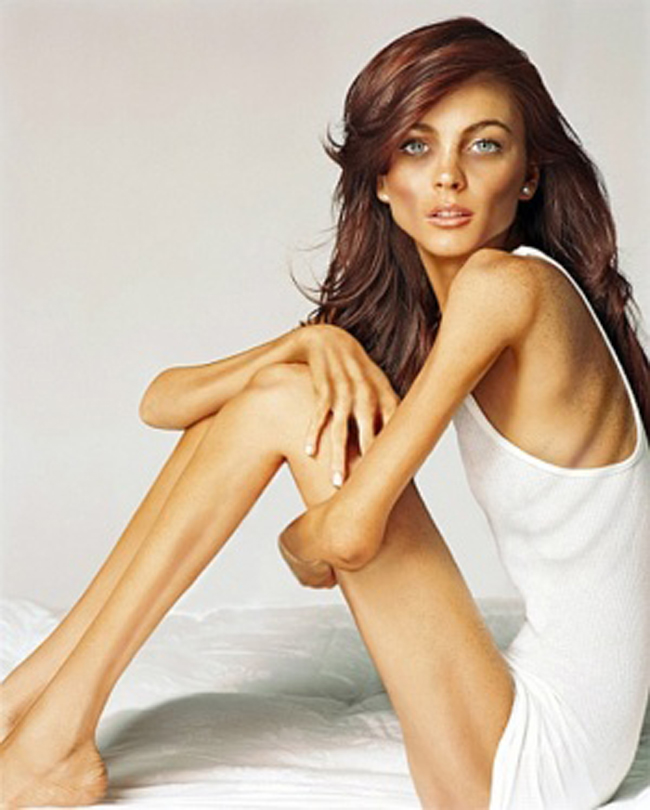
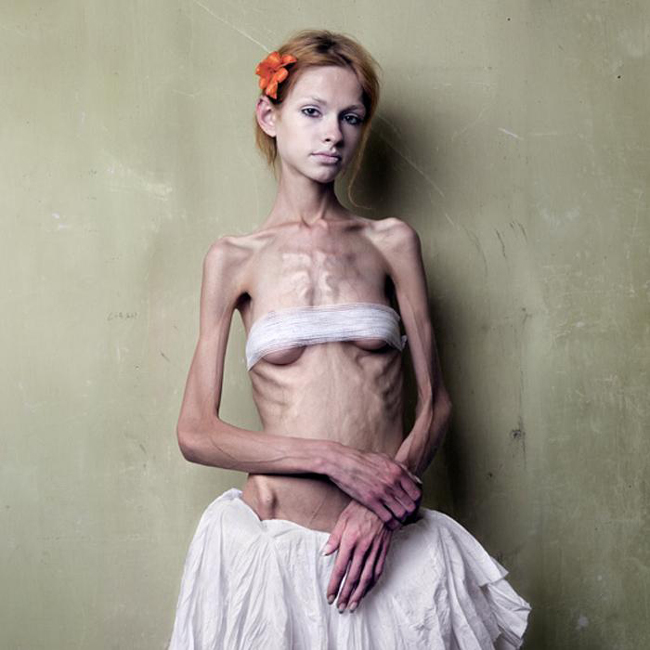
(the model or its agent must present before the fashion defile a medical certificate that its body mass index is at least 18). The law also provides for sanctions for those media that do not explicitly warn that the photos of the dummies are being processed with a photo shoot. It is well known that such measures have already been taken in countries such as Israel, India, Italy, etc., and magazines such as Vogue have committed not to rent such models and do not visually distort their photographs posted on the covers or on their pages.
Undoubtedly, everyone has the right to be beautiful and to be liked. The question is "At what price?" Not, of course, at the cost of broken lives and health, injured organs, and terrifying results. And one more thing: as there is no absolute beauty, so there is no absolute ugliness and in this sense - everyone is handsome to prove otherwise! This relativism exudes the need to take into account the nature, gene and natural attractiveness, on the one hand, on the other hand, with collective attitudes, ideals, values, beliefs and symbols of beauty, and - thirdly, the smart, intelligent and measured application of the -new achievements in science, medicine and new high tech. The best thing about the beautiful thing is that as much as it is studied and analyzed, explained and programmed, it will always capture its mystery. Because the great aesthetic delight is in the thin game between the visible and the invisible. Because beauty is a message loaded with harmony and mysticism.
Illustrations:
1. Venus Milos - a detail discovered in 1820 on Milos Island. Louvre, Paris.
2. The birth of Venus - detail, art. Sandro Botticelli, 1482 - 1486 Uffizi Gallery, Florence.
3. Marilyn Monroe.
4. Naomi Campbell.
5. Monica Bellucci. Source: http://www.emodno.com/
6. and 7. Examples of anorexia. Sources: http://lekuvai.bg/ and http://doctoronline.bg/
Bibliography:
Eco, Umberto. History of beauty. "Cybea." Sofia, 2006.
Experts welcome the law passed in France against too thin models. TV Evropa, December 22,2015.
Available on: http://www.tvevropa.com/en/news/entertainment/view/113015.
Stars with unsuccessful plastic surgery. "For Women", 2 May 2011. Available on: http://www.zajenata.bg/.
Ortega-y-Gasset, Jose. Aesthetic essays. "Science and art". Sofia, 1984.
Stoykov, Lubomir. Fashion smiles. "Alma Communication". Sofia, 2012.
France adopted a law against skinny models. Webcafe.bg 18.12.2015. Available on:
http://www.webcafe.bg/id_1908565133_Frantsiya_prie_zakon_sreshtu_klyoshtavite_manekenki.
The original text is in Bulgarian. Source: http://www.media-journal.info/?p=item&aid=300
* The original text is in Bulgarian. Source: Стойков, Любомир. Красотата е послание // Медии и обществени комуникации. Изд. УНСС; Алма комуникация. 2016, №26. Available from: http://www.media-journal.info/?p=item&aid=300
Hits: 5372 | Leave a comment




